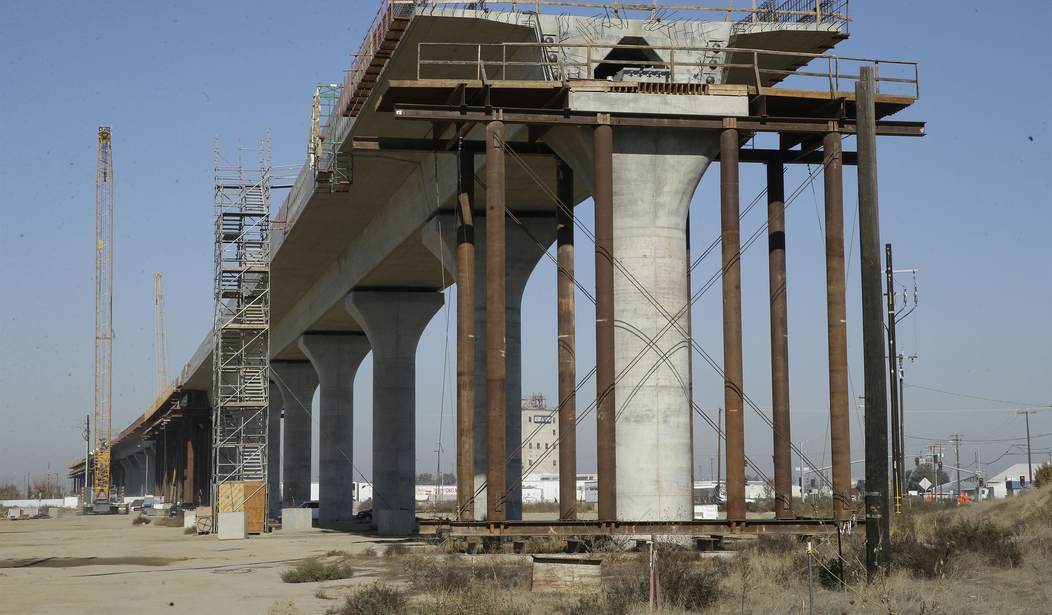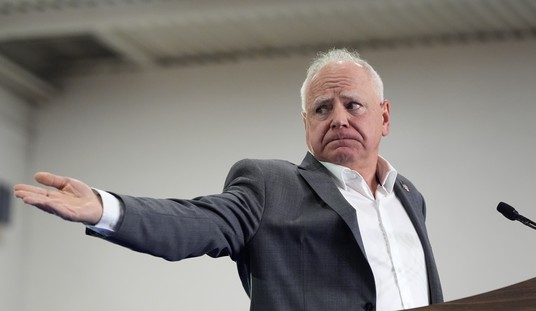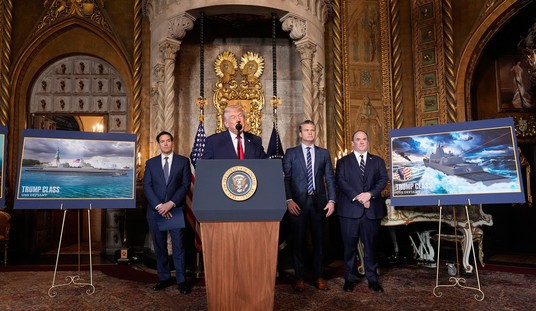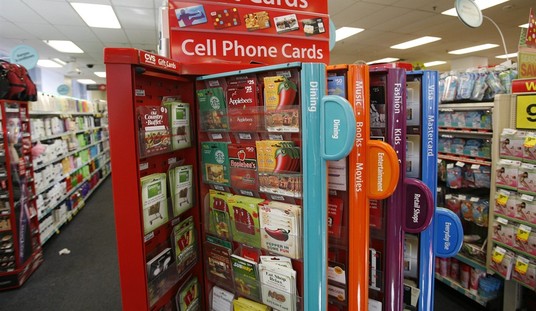One history professor whose lectures I thoroughly enjoyed in college started one semester by sharing his scale model of the Titanic. That ship, he said, represented the symbol of the greatest technological advancements in human history up to that point.
When it launched, the Titanic wasn't merely a ship. At the time, she was simply the largest moving object ever made. The ship's construction pushed the boundaries of what industrial engineering could achieve in 1912.
To succeed, Harland & Wolff needed to build special tools, such as entirely new gantry systems, forge unprecedented steel slipways, and expand dry docks just to accommodate the Titanic.
The ship required over 3 million rivets, many miles of electrical wiring, and a propulsion system that combined steam-powered pistons with a next-generation turbine. That hybrid propulsion system was something no passenger liner had ever attempted.
My professor told us that the entire project needed new forms of steelwork, riveting techniques, and shipyard tooling that had never existed before. He spent easily 15 minutes explaining just how special the Titanic was, especially in 1912.
All of that, he explained, illustrated just how special the Titanic was. The height of human achievement.
The point he drove home?
It sunk!
Whenever I read about the California speed rail, I think of that lecture.
In 2008, California was dreaming of a 220-mile-per-hour, 'frisco to La train ride using clean energy, zero gridlock, and THE shining symbol of the infrastructure for the 21st century started 17 years ago.
All those dreams and what happened? A taxpayer nightmare: A taxpayer-funded ghost train stuck in the dirt of the Central Valley. Over sixteen years and $11 billion later, echoes of the Titanic ring familiar.
Wielding the mantle of common sense, again, President Trump announced that Washington is done footing the bill.
Politics didn't drive this decision. It was an act of mercy.
The Fantasy That Became a Money Pit
With an initial budget of $33 billion, the California High-Speed Rail Authority left the train station. Fifteen years down the track, that budget tripled. Two years later, those numbers became abstract. Depending on whom you ask, estimates ranged from $106 billion to $130 billion. There wasn't a concrete endpoint, literally or figuratively.
The Left loved to point out just how little they perceived Trump's wall had been built, yet they've never discussed the only 119 miles of track that've been completed, from Madera to Bakersfield.
That headline-making bullet train connects two California cities that many of the state's residents would have a hard time locating on a map. It's like a large company promising to build an unsinkable luxury cruise liner that ultimately sank due to arrogance.
Yet, despite any rose-colored glasses, there isn't any good news. Trains are not running. The Federal Railroad Administration declared the project to be "unviable" in its last audit.
The oversight agency didn't throw a penalty flag; it dropped reality.
Newsom’s Vanity Project
I know, writing "Newsom" and "vanity" is redundant, but please bear with me.
Despite the lack of progress, California Governor Gavin Newsom insists that the high-speed rail project remains viable.
In 2019, he backpedaled from the full coast-to-coast plan and narrowed his goals to the Central Valley's "test section," calling it a proof of concept.
That was years and another billion dollars ago. The proof of concept proved that the only thing proven was the state government's uncanny ability to waste money while declaring success.
The dogged optimism that Newsom showed was more about his legacy than about transit. In the legend of his mind, this train project wasn't a policy failure. Instead, it's his Mount Rushmore defining moment.
Newsom doesn't see himself as the latest governor to fumble a $130 billion project, one veiled in vanity. He knew himself to be the Robert Moses of the West Coast, never minding the delays, lawsuits, permit hangups, union sweetheart deals, or environmental impact assessments that took longer than it would take Bernie Sanders to reach for his check when the dinner bill came due.
Trump's Cut Was Inevitable
President Trump’s announcement wasn’t a shock. It was a matter of when, not if. A sane federal government has no business funding a project that produces less than nothing. At least when you build a bridge to nowhere, people can imagine crossing it. The California rail fantasy hasn't even offered that.
Trump’s exact words are written in part on Truth Social:
Thanks to Transportation Secretary Sean Duffy, not a SINGLE penny in Federal Dollars will go towards this Newscum SCAM ever again,"
The left will probably bristle at the phrasing, but not the facts. He’s right and bold enough to say what career politicians in both parties have quietly whispered for years.
The feds had already attempted to resolve this issue in 2019, withdrawing $929 million from the project. Biden reversed it, reinflating the blimp.
Now that President Trump’s back, we see a leader lighter in patience and firmer in resolve.
Bureaucracy: The Real Engine Behind This Train
This isn’t just about a failed transit system. It’s about the broader addiction to government grandeur, the idea that massive spending equals progress, even when the results amount to a pile of gravel and invoices.
California’s rail saga should be taught in every high school civics class as a master class in government arrogance. The state formed committees to oversee subcommittees that evaluated contracts for lines that didn’t exist. Meanwhile, the actual train remains stuck in concept art and artist renderings. It’s easier to draw the train than to build it.
And still, every year like clockwork, Sacramento asks for more. More federal funds, environmental exemptions, time, and, above all, more patience. What’s the return?
More of the same. Nothing.
The Private Sector Could've Built the Rails and Painted the Train Twice
Imagine if a private consortium had been handed $11 billion and told to build a rail line from L.A. to San Francisco. Given the right contractor, it would have been completed by now, including terminals, security, solar roofing, and possibly even a profit margin, potentially while under budget.
Instead, the decision was to give it to the same folks who bring you the DMV and Caltrans road construction schedules.
The result?
The project has produced fewer deliverables than an intern with no login credentials. (Shocked face.)
And the price tag keeps climbing. Inflation. Material costs. “Unexpected” underground conditions. Litigation delays. You name it, the excuses are printed, bound, and preloaded into press briefings.
The Green Mirage
Supporters often wrap this train in the green flag, arguing it’s about clean energy and climate progress. That argument evaporates when you realize that not one soul has been riding it. Phantom trains don't save emissions. Pollution isn't reduced by running diesel trucks full of construction supplies across 119 miles of scorched farmland for a decade.
There’s nothing green about wasting billions. There’s nothing sustainable about a project that can’t even sustain momentum.
When Idealism Meets Asphalt
California’s high-speed rail effort is the collision of idealism and asphalt. A place where utopian ambition was supposed to manifest in gleaming train stations and humming engines, but instead dissolved into fiscal molasses and bureaucratic sludge.
Trump’s decision to cut federal funding is more than a political move; it’s a restoration of accountability. The message: Grand ideas don’t excuse gross incompetence.
You want a train? Build it with results, not slogans.
Final Thoughts
The California high-speed rail project didn’t fail because it was too bold. It failed because it was managed like a student council project with a Pentagon budget. In the end, it proved a fundamental truth: the federal government should stop playing SimCity with your money.
If the residents of California want the train, let them finish it on their own dime, their own terms, and with more than their own consequences. They'll have to learn to live without continuous blank checks.
It's about bloody time that the good people of California stop looking at me to build what's amounting to a make-believe train.
Reading Legacy Media Is Like Taking Dating Advice from AOC.
Bad choices all around. PJ Media VIP gives you access to reporting that’s actually useful and won’t ghost you mid-crisis. Use FIGHT and get 60% off. No catfishing. Just the truth.










Join the conversation as a VIP Member